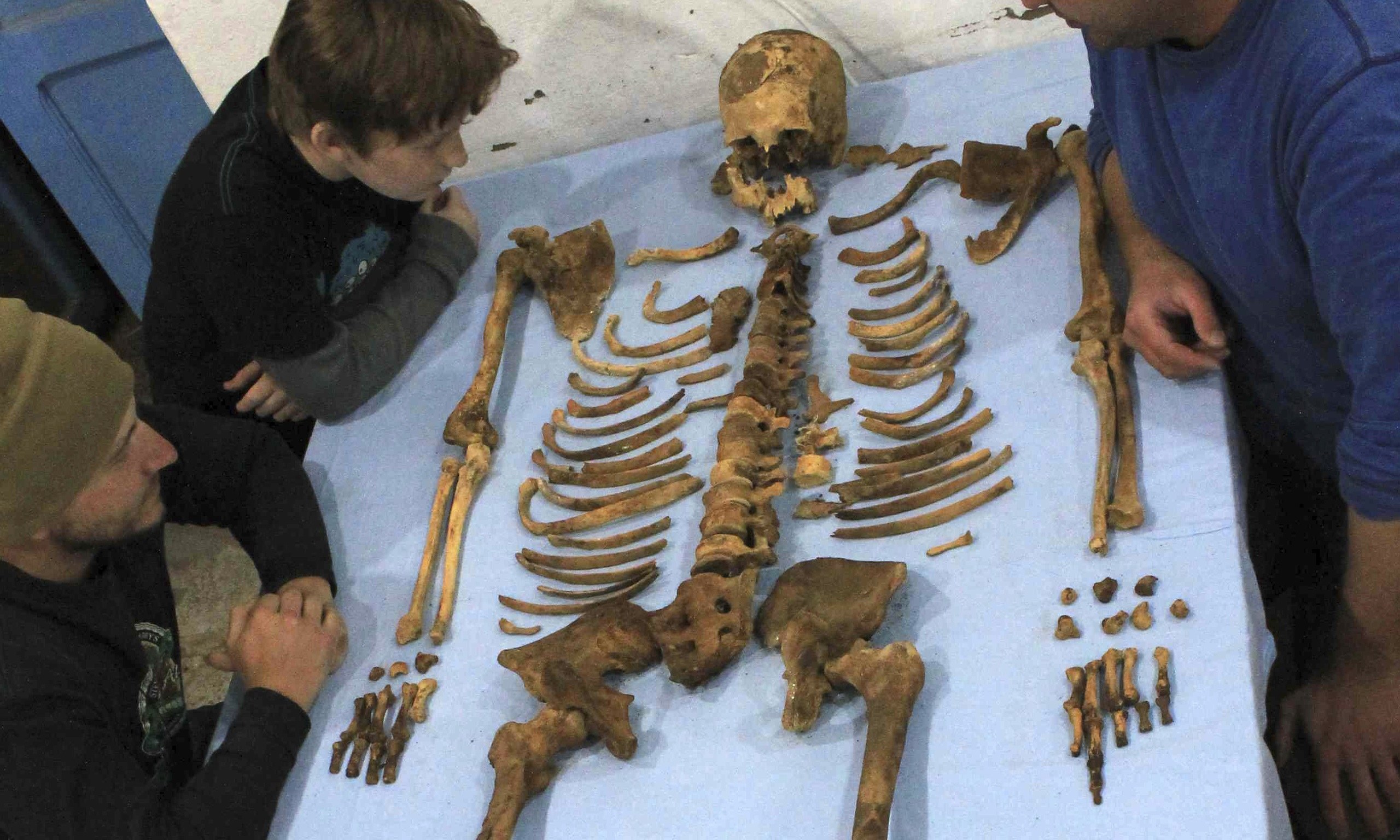
Queens often choose undisturbed nesting locations, like wall and floor voids, but are capable of inhabiting tight, seemingly inaccessible areas, as well. Budding allows for the insects to spread infestations quickly and into nearly any area of a structure. Queens in existing colonies and several workers leave nests to establish new colonies elsewhere. New pharaoh ant colonies form through a process called budding.

Reproductives are usually spawned twice a year. Reproductively capable males and females usually take a few more days to develop. After a queen lays her eggs, the offspring take about 36 to 42 days to hatch and develop into adults. In a lifetime, a queen pharaoh ant produces about 400 eggs, which are usually laid in batches of 10 to 12 at a time. These queens breed continually and generally live between four months and a year. Unlike many species of ants, pharaoh ant queens do not need to leave the nest to mate, which allows for easier proliferation of the species. This makes the pest particularly troublesome because queens can spread colonies throughout the home in a relatively short amount of time. Nests often include multiple queens, which are capable of leaving their existing colonies to establish new colonies nearby. Acclimated for tropical climates, pharaoh ants found in Canada usually reside in heated structures. Pharaoh ants are believed to have originated in the Afrotropic ecozone and were unintentionally introduced into Canada through human commerce. A single colony may contain as many as 2,500 workers, but the close proximity of multiple colonies can give the illusion of a single, large, supercolony They lack nestmate recognition so there is no hostility between colonies. Pharaoh ants mate in their nests and spread by “budding”, i.e. Habitat & Behaviour A day in the life of pharaoh ants


Virgin queens have wings but are not capable of flight. About twice as large as worker ants of the species, queens measure about 4mm in length. Queen pharaoh ants are reddish in color and feature enlarged abdomens, which are slightly darker than the rest of the body. One of the most difficult indoor pests to control. Though they are a tropical species, pharaoh ants are quite comfortable inside temperature controlled buildings in Canada and other temperate climates. Pharaoh ants are notorious indoor pests, often unnoticed due to their small size and colour.


 0 kommentar(er)
0 kommentar(er)
